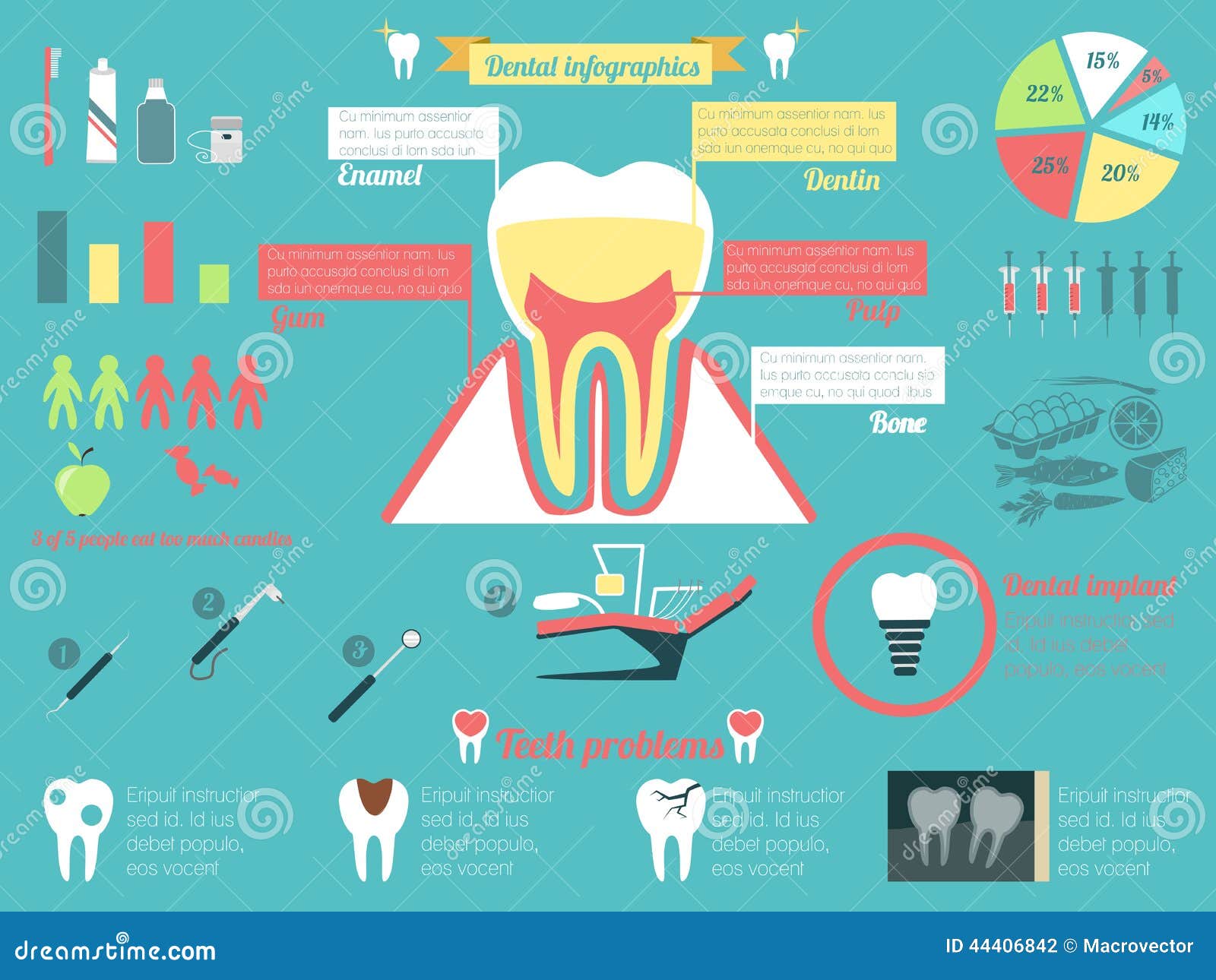Be Ready For Unanticipated Dental Emergencies By Acknowledging The Signs Of Injury And Understanding When It Is Important To Look For Urgent Treatment
Be Ready For Unanticipated Dental Emergencies By Acknowledging The Signs Of Injury And Understanding When It Is Important To Look For Urgent Treatment
Blog Article
Web Content Written By-Brady Bennetsen
If you really feel a sudden shock of pain or discover a tooth injury, it can be distressing. However just how do you establish if it's an oral emergency that needs instant focus? Understanding the vital indicators and understanding when to seek help can make all the distinction in preserving your dental health and wellness. Understanding when to act quickly can suggest https://best-whitening-toothpaste51628.slypage.com/31224488/reveal-vital-techniques-for-parents-pertaining-to-the-treatment-of-their-kid-s-primary-teeth-foster-a-healthy-and-balanced-smile-for-your-child-keep-reading-for-expert-insights in between a quick fix and a lot more comprehensive treatment.
Common Kind Of Dental Injury
What're the typical kinds of dental injury that you should know?
Mishaps can happen, leading to different types of dental injuries. https://www.medgadget.com/2022/08/dental-implants-market-is-anticipated-to-grow-at-a-stunning-cagr-of-9-36-by-2027-forecasts-delveinsight.html of dental injury is a split tooth. This can happen from biting down on something difficult or experiencing a strike to the face.
free dental implants is a broken tooth, where a part of the tooth can chip off. Furthermore, you may experience a knocked-out tooth, which can happen during sporting activities or falls. It's critical to manage the tooth carefully and seek instant dental focus.
Oral injury can likewise include a tooth that has actually been pushed out of placement or loosened as a result of an injury. This kind of injury requires prompt therapy to conserve the tooth.
Lastly, soft cells injuries in the mouth, such as cuts, can also take place from crashes. Learning about these typical kinds of dental trauma can help you act swiftly and suitably in case of an emergency.
Indications of Dental Emergencies
Acknowledging the signs of dental emergencies is vital for punctual activity and correct treatment. If you experience serious tooth discomfort that's constant and throbbing, it could suggest an underlying issue that calls for prompt focus.
Swelling in the gum tissues, face, or jaw can likewise be a sign of an oral emergency, particularly if it's accompanied by discomfort or high temperature. Any type of injury to the mouth resulting in a broken, broken, or knocked-out tooth should be treated as an emergency situation to stop additional damages and prospective infection.
Bleeding from the mouth that does not stop after applying stress for a few mins is an additional warning that you need to look for emergency situation dental treatment. Additionally, if you observe any type of indicators of infection such as pus, a foul preference in your mouth, or a fever, it's necessary to see a dental practitioner immediately.
Overlooking these indications could cause more significant difficulties, so it's vital to act swiftly when faced with a potential dental emergency situation.
Value of Immediate Treatment
Prompt activity and immediate treatment are vital in attending to oral emergencies to stop further complications and make sure optimal end results for your oral wellness.
When faced with an oral emergency, such as a knocked-out tooth or severe tooth pain, seeking instant treatment can make a significant difference in conserving your tooth and relieving discomfort. Postponing treatment can result in infection, enhanced discomfort, and even long-term damages to your teeth and gum tissues.
By seeking emergency situation oral treatment without delay, you boost the opportunities of successful treatment and repair. Dental practitioners have the essential skills and tools to deal with emergency situations properly, lowering the danger of long-term consequences.
In addition, immediate therapy can help manage discomfort and discomfort, permitting you to resume your daily activities without interruption.
Conclusion
Finally, understanding dental injury and understanding when to seek emergency treatment is critical for keeping dental health.
By identifying usual sorts of dental injuries and the indications of dental emergency situations, you can ensure prompt care to stop further damage and complications.
Bear in mind, seeking immediate therapy can conserve teeth, decrease pain, and increase the possibilities of effective recuperation.
Do not wait to look for assistance from a dental expert if you experience any signs of dental trauma.
